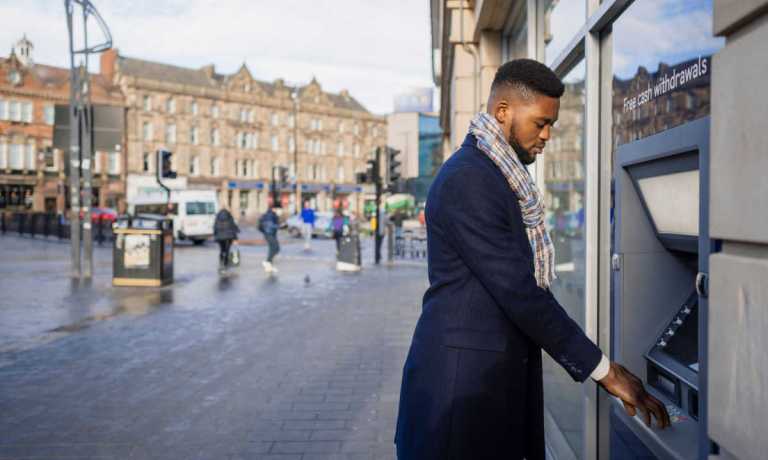
For the first time in 13 years, ATM withdrawals have increased in the U.K.
According to the building society Nationwide, which operates a network of over 1,200 ATMs in the country, cash withdrawals increased by 19% in 2022, the first yearly increase in over a decade.
While the 30.2 million withdrawals nationwide recorded is still less than pre-pandemic levels, the building society connects the increase to people’s preference for cash as a means of budgeting.
While choosing to take money out of an interest-earning account to help save money may seem counterintuitive, many people find the tangible nature of cash easier to keep track of than purely electronic spending.
In fact, as of Tuesday (Jan. 17), the “cashstuffing” hashtag had over 835 million views on TikTok, with users all over the world sharing their cash-based budgeting methods that consist of stuffing allotted amounts of their monthly budget into envelopes for different spending categories.
Moreover, Nationwide isn’t the only organization in the U.K. that connects the rise in cash usage with people turning to cash-only budgeting methods.
U.K. consumer group Which? carried out a survey that found over half (52%) of the respondents who reported using cash as a payment method said it helps them keep track of their spending. Meanwhile, 20% of people who don’t regularly use cash said they would start using it if the cost-of-living crisis worsened.
The Rise of Digital Budgeting Tools
Although it is admittedly low-tech, cash stuffing isn’t that different from the range of digital budgeting tools developed by neobanks to help users manage their spending by subdividing their accounts into different pots.
What’s more, such ring-fencing features, which include Revolut’s “pockets” and Starling’s “savings spaces,” have grown increasingly sophisticated over the years.
For example, digital banking app Bunq can even automatically detect which sub-account a given payment should be taken from, the firm’s CEO Ali Niknam told PYMNTS in an interview.
“Digital money just doesn’t have the same feel to it as physical money. The nice thing [about] physical money is it’s in your wallet, you can see it, you can touch it. When it’s out, it’s out and that makes it easier to intuitively understand how much of the money is left,” he said, adding that Bunq’s approach to digital budgeting is to try and recreate that experience.
Also noting that such features are even more important for people’s financial well-being when the economic backdrop is challenging, Niknam further said that “people should have tools to easily identify what they’re spending their money on … so that they can cut away anything that is not important enough for them to keep.”
Certainly, many tech-savvy European consumers are turning to digital budgeting tools to help them manage their spending as inflation bites. But as the recent Nationwide data suggests, cash still has a place in the way consumers choose to manage their personal finances.
What’s more, the Which? survey found that those most likely to use cash were people in the lowest-income households. A third (34%) of respondents whose annual income was lower than 20,000 pounds found cash easiest to budget with, compared to just a quarter (24%) of people earning between 40,000 and 60,000 pounds.
This finding validates the argument that financial and digital exclusion are intertwined, with those who are most excluded from the digital economy excluded from the financial benefits that come with higher digital engagement.
For all PYMNTS EMEA coverage, subscribe to the daily EMEA Newsletter.